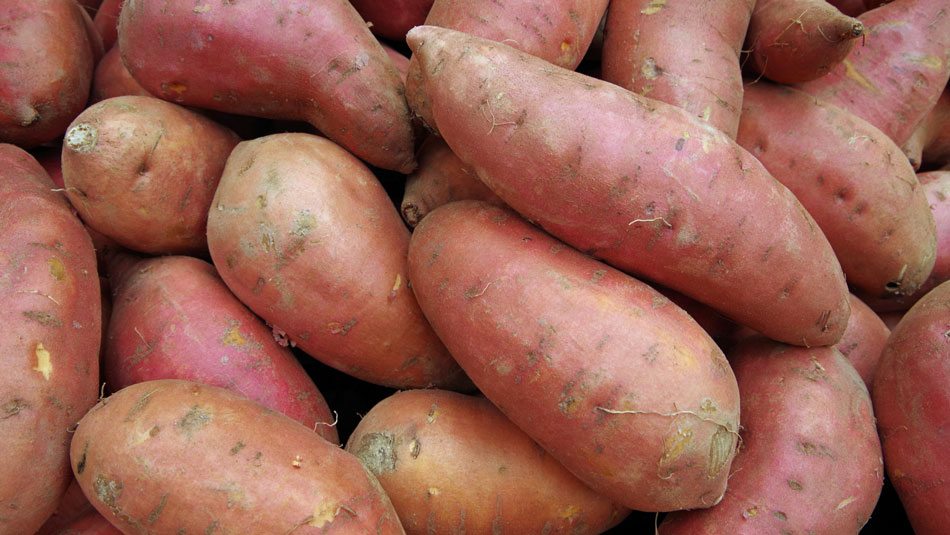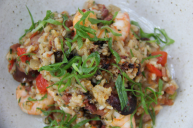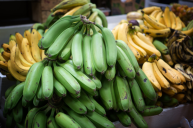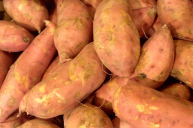Have you ever been to the grocery store in search of sweet potatoes and seen a close second right next to them, similar in appearance, but labeled as a yam? You're not the only one. However, contrary to popular belief, the two might seem identical, but they're surely not a twin powerhouse root vegetable duo.
Videos by Wide Open Country
This is everything you need to know about the difference between sweet potatoes and yams. But first, a history lesson. We're all confused by sweet potatoes and yams because there are two varieties of sweet potatoes (more on that later) and to prevent confusion, the United States Department of Agriculture (the USDA) decided to name the orange-inside sweet potatoes as yams and the cream-inside sweet potatoes as sweet potatoes.
What are Yams?
From Africa, true yams are tubers (tuberous roots), meaning they form from thickened rhizomes or stolons, and are staples in traditional diets. Unlike that of the sweet potato, the skin of the yam is rough, hiding a white, starchy interior. Something to note about yams is their ability to grow to massive proportions; we're talking over 100 pounds, and that could be just one yam!
What are Sweet Potatoes?
You may be curious how something as small as sweet potato, deriving from the Americas, could get confused with something out of a different continent, made up of an entirely different genetic code, and even with a different taste. Let's be thankful regular potatoes didn't get confused in this mess as well!
In the 18th century, the sweet potato picked up the name yam when West Africans were placed into slavery. Being that their native yam seized to exist at the time, the African slaves took to a different and more colorful tuber (the sweet potato) and began referring to it as a yam. While it wasn't exactly the tuber they were used to, these soft sweet potatoes seemed to do the job.
However, the name didn't really grow traction until the 19030s when crop growers in Louisiana used the term yam to differentiate their crop's orange color from their competitors, which was more yellow-toned.
In today's day and age, selling a sweet potato as a yam is actually illegal. Both distributors and farmers alike could be in the hole if they tried this trick today. The words 'sweet potatoes' has to be somewhere physical on the product or the label for them to be classified as a 'yam' for sales purposes.
Can you handle another jaw-dropper? Sweet potatoes aren't actually even potatoes. They belong to the Morning Glory family - you know, the flowers. However, there are two sweet potato varieties - one with a creamy white inside and one with an orange inside to make this debate even harder.
How can you tell the difference?
- If the skin of the object you're holding is dark - close to brown, similar to bark in texture, and has a white flesh, you're holding a yam.
- If the skin of the object you're holding is dark, similar to bark, and has a purple or reddish inside, you're holding a yam.
- If the skin isn't super dark with an orange flesh, you're definitely holding a sweet potato.
- If the skin is dark with a soft, cream-colored flesh, you're holding a sweet potato.
So those canned yams you top with marshmallows and brown sugar are actually sweet potatoes. Instead of yam casserole, call it sweet potato casserole.






